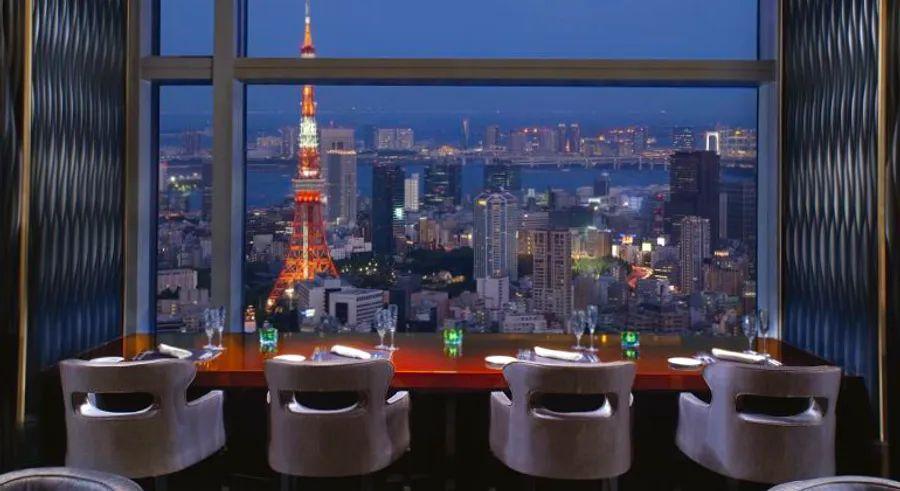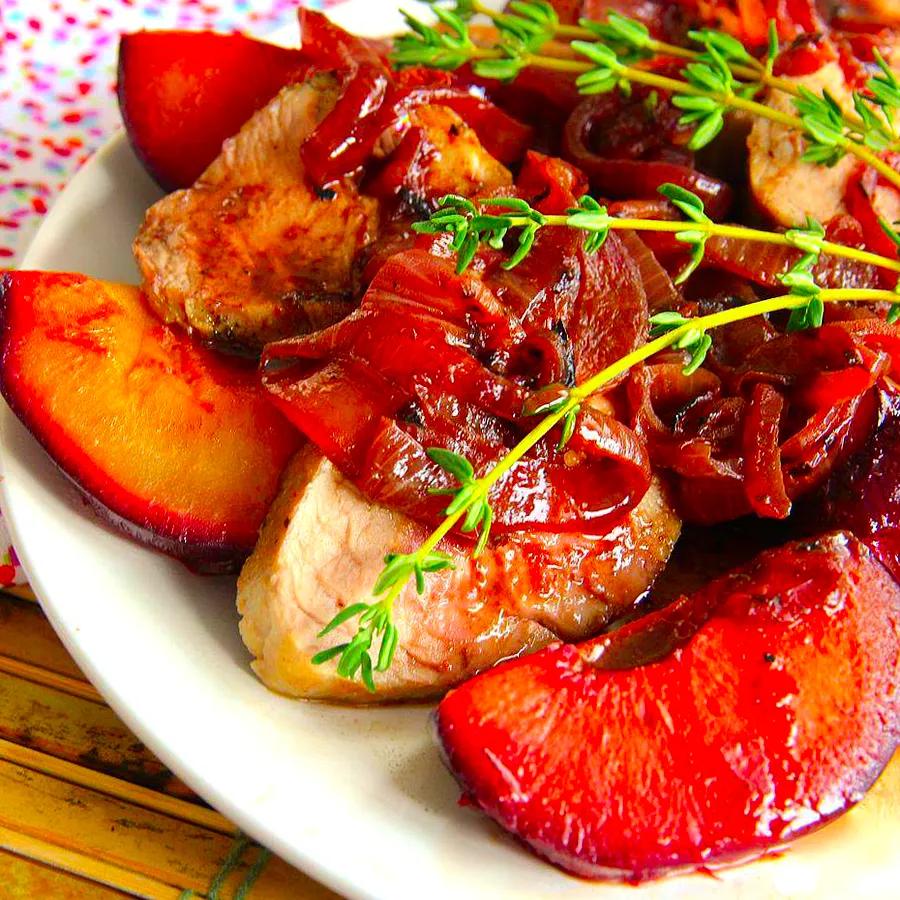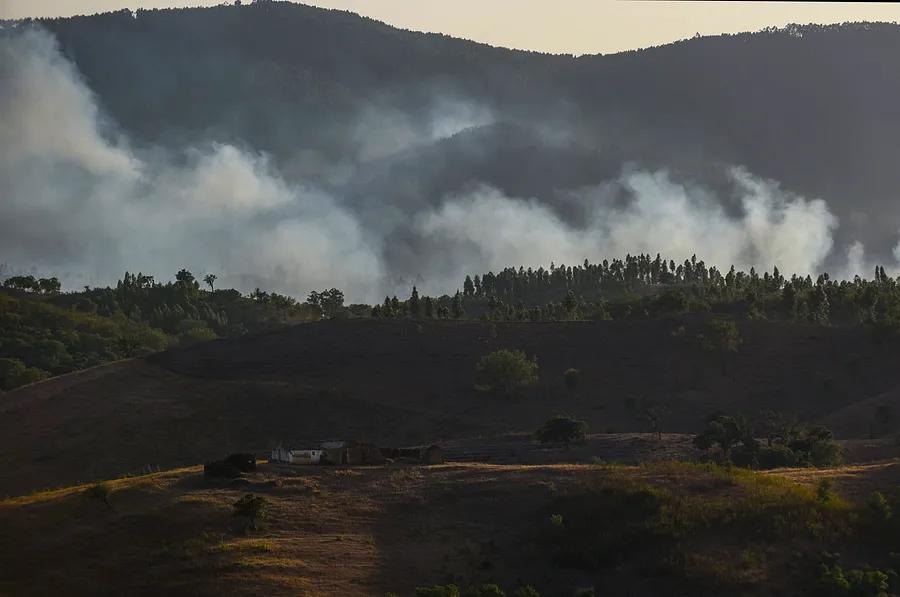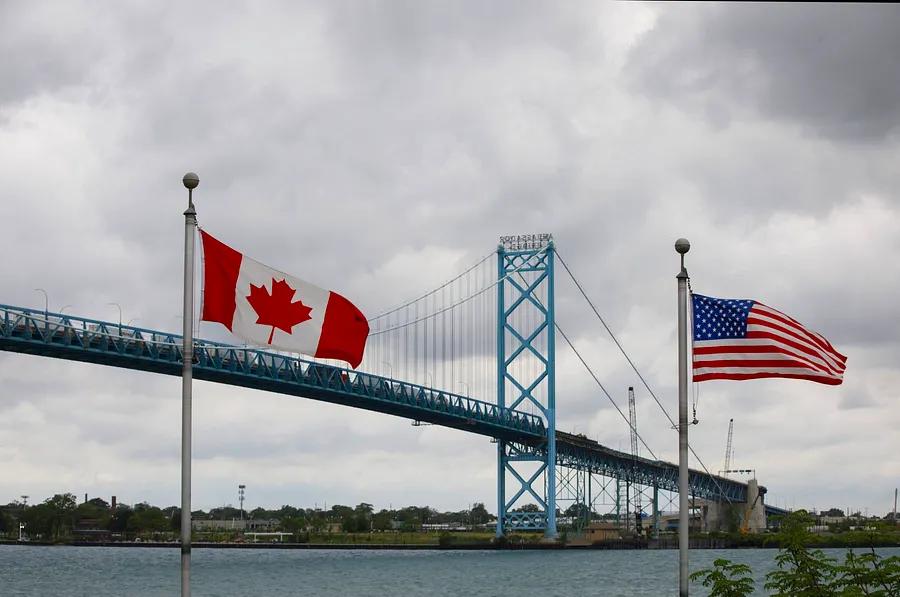What makes Tokyo the top food city in the world?

Among the world’s culinary capitals, one city rises above all others: Tokyo.
The Japanese capital boasts an astonishing 226 Michelin-starred eateries, putting it far ahead of its closest competitor, Paris, which has just 94.
And while you might associate Tokyo with kaiseki, sushi, and teppanyaki, there's much more to explore. In fact, many Michelin-rated restaurants in the city are French, with 50 Tokyo-based French eateries earning at least one star.
Tokyo’s culinary supremacy was further confirmed when Saveur magazine declared it the “world’s best food city.”
While the debate may never fully settle, one thing is certain: Japanese kitchens, whether in high-end hotels or modest alleyway noodle joints, are committed to culinary perfection. So what makes this city such a powerhouse of dining?
We asked seven acclaimed chefs and food experts to share their thoughts on what makes Tokyo a Michelin-starred destination:
1. Thierry Marais, Ritz Carlton Tokyo

“Tokyo is home to countless restaurants, many of them small, with only eight or ten seats, offering everything from sushi and teppan to tempura and kaiseki,” says executive chef Thierry Marais, who recently welcomed some of the world’s top chefs at the Ritz-Carlton during the Asia-Pacific Food and Wine Festival.
“The owners are often the ones working there with very few staff, because they truly understand their craft. The consistency and quality are remarkable because they’re there every day, overseeing every detail.”
Marais also points out that the size of the restaurants works in their favor.
“In contrast to European restaurants where service involves 50 or more diners at once, Tokyo’s smaller venues have a major advantage in maintaining consistency,” he explains. “It would take a lifetime to explore all the restaurants here. Many buildings have several floors, each packed with different dining experiences. As a chef, I’m frustrated knowing I’ll never be able to try them all!”
2. Virgilio Martinez, Central, Lima

Virgilio Martinez is the owner of Central, ranked as the world’s fourth best restaurant according to the 2015 World’s 50 Best Restaurants list. A frequent visitor to Tokyo, the Peruvian chef has been impressed by the unwavering dedication and focus of Japanese chefs.
“People truly value the finest ingredients – and Japan has it all,” he says. “The vegetables here are a work of art! It’s also about the technique. I visited a restaurant where I saw an extraordinary method for filleting fish. Their excellence stems from a deep respect for tradition, which sends a strong, confident message to diners.”
Martinez also emphasizes the chefs' extraordinary level of commitment.
“People here are incredibly passionate about their craft,” he says. “You’ll see one person mastering just one thing, every single day. To me, that’s true perfection – and that’s why Michelin keeps awarding stars to Tokyo restaurants.”
3. Kenichi Hashimoto, Ryozanpaku, Kyoto

Kenichi Hashimoto is a self-taught chef known for his mastery of Kyoto’s renowned kaiseki cuisine. His restaurant, Ryozanpaku, has earned and maintained two Michelin stars since 2009. Hashimoto is also a published author of five books and is internationally recognized as a leading expert on traditional Japanese culinary techniques.
“In the past decade, there has been a surge in demand for healthier food, and Japanese cuisine is a perfect match for this trend,” he says. “Perhaps that’s part of the city’s appeal.”
He also highlights the importance of Japan’s seasonal ingredients.
“We’re fortunate to have access to top-tier ingredients year-round, with each season offering something unique, and our menus evolve to reflect that,” explains Hashimoto. “Many chefs here boast over 30 years of experience, often focusing on a particular style of cuisine or even one signature dish. It’s the personal touch we bring that sets the two- and three-star Michelin restaurants apart.”
4. Julien Royer, Odette, Singapore

Julien Royer is one of Asia’s brightest rising stars, with his former restaurant Jaan ranking 11th on the Asia’s 50 Best Restaurants list. He recently launched Odette at Singapore’s National Gallery.
“It’s the quality of the ingredients, the country’s diverse geography, and the four distinct seasons,” he says. “You can find exceptional produce everywhere—from Hokkaido in the north to the southern regions, from the mountains to the sea to the forests. There’s a deep-rooted culinary tradition tied to food and farming. People here take immense pride in their local produce, especially in regional cooking and agricultural practices.”
The cuisine is pure and simple, with a focus on clean, honest flavors, Royer adds, pointing out that the Japanese don’t need to do much with such high-quality ingredients.
“What’s remarkable about Japan is the dedication and meticulous attention to detail, whether in a tiny, humble restaurant with just six seats or a grand fine-dining establishment with chandeliers,” he says.
5. Thomas Combescot-Lepere, Mandarin Oriental Tokyo

Thomas Combescot-Lepere serves as the director of food and beverage at Tokyo’s Mandarin Oriental Hotel, home to three Michelin-starred restaurants.
“When it comes to technique and execution, everything in Japan is done with absolute precision, day in and day out,” he says. “I believe Michelin values that consistency, and it’s a key element here.”
“There’s also an incredible open-mindedness, a deep passion, and unwavering dedication to the craft – if it means sleeping next to the oven, then so be it!”
“When I visit a French restaurant in Tokyo, I genuinely feel as if I’ve stepped into Paris. The food, drinks, ingredients, service, and even the way they speak to me are so authentic. It’s the same with pizza – you truly feel like you’re in Italy. It’s amazing.”
6. Hidetoki Sato, Ta Vie, Hong Kong

Chef Hidetoki Sato trained at one of Tokyo’s most prestigious three-star restaurants, Ryugin, before opening its Hong Kong branch, where he swiftly earned two Michelin stars. He now leads the French restaurant Ta Vie.
“As a Japanese chef, I share the same strong artistic spirit that many of us possess,” he says. “This spirit extends to our mindset as well. We put our full attention into the quality and precision of everything we do, especially when it comes to the food we create.”
Sato believes that Japan’s openness to global food cultures is also key – French, Italian, Spanish, and more – even when the chefs and diners in these places are all Japanese.
“Many chefs, food lovers, and experts in our field say Tokyo is the world’s best food city, but that doesn’t mean just Michelin-starred restaurants,” Sato explains. “It spans all types of food, from street food and takeaway to fine dining. Tokyo truly is a food paradise.”
7. Yoshiharu Kaji, Felix, Hong Kong

Yoshiharu Kaji, originally from the coastal region of Ehime in Shikoku, is the head chef at the modern European restaurant Felix, inside Hong Kong’s Peninsula Hotel.
“The standard of perfection rises each day for every chef,” says Kaji. “Chefs who have trained in Japan understand that the small details of a dish matter just as much as its taste and aroma. In Tokyo, people typically enjoy several small dishes with each meal.”
“As chefs, we must ensure each dish offers a unique blend of flavors and a creative presentation. Tokyo’s culinary competition is fierce, pushing all chefs to refine their skills and develop fresh, exciting concepts to captivate diners.”

1

2

3

4

5
Evaluation :
5/5